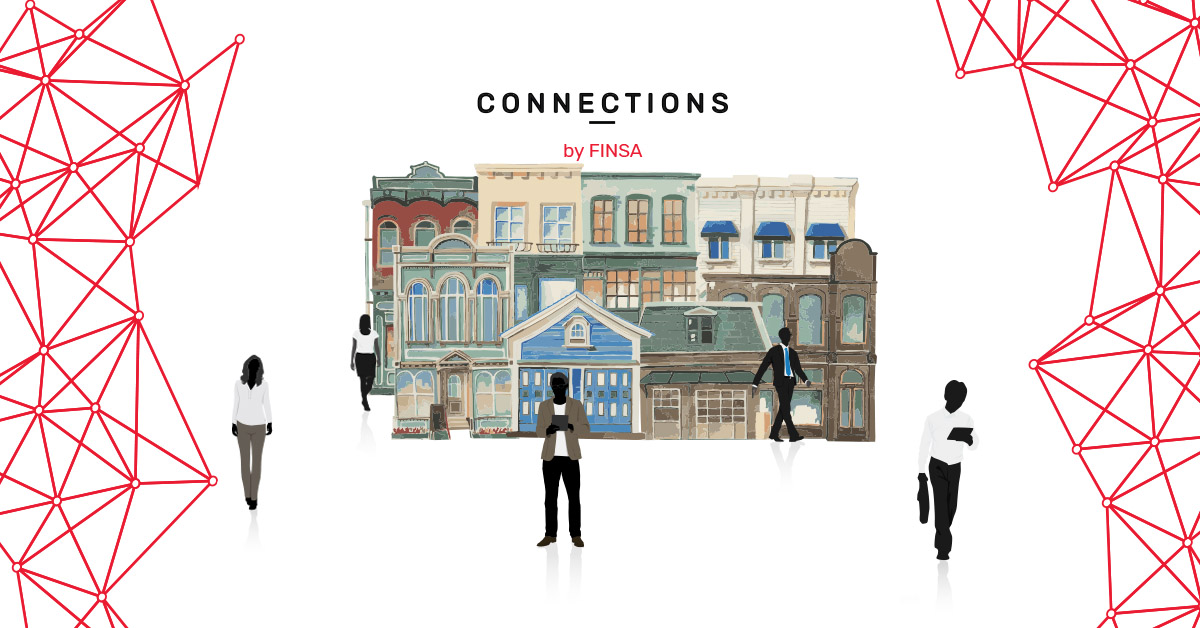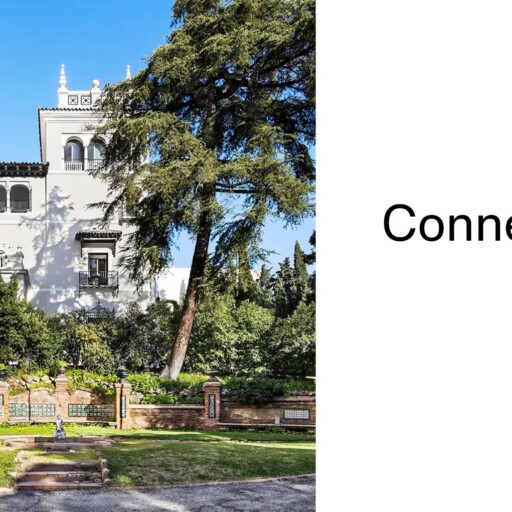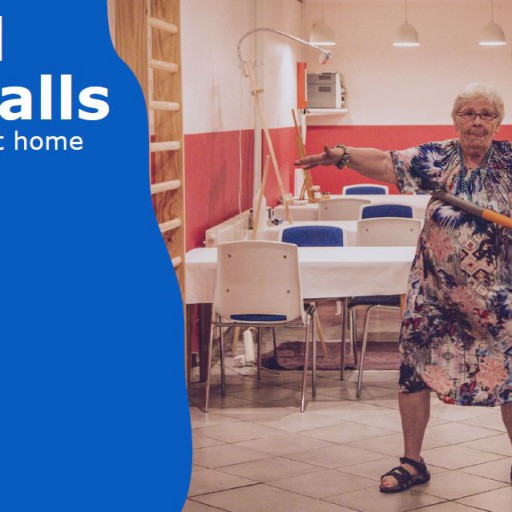Once upon a time, cities were made for working. Now, cities need to be made for living and enjoying life. For this reason, urban planners are starting to focus on inclusive urbanism. Pedestrianisation, mobility, and sustainability are the main features of these places that are kid-friendly, senior-friendly, and safe for women. Here are a few examples of cities that have already made the change.

Barcelona: getting involved
One of the cornerstones of inclusive urban design is participation, meaning that the people have a say when it comes to designing and planning the places that they inhabit. This approach allows planners to understand and meet the needs of all people, without leaving anyone out.
Barcelona is a great example of this. The idea was to encourage inclusive design to build a safer city that treated everyone equally. In order to achieve this, the city council created the Manual de urbanismo de la vida cotidiana (‘The Urban Design Manual for Daily Life’), a guide that would ensure that the city paid attention to the needs of its most vulnerable groups, including women, the elderly, and children. In this way, Barcelona’s inhabitants have contributed to transforming the city’s approach to mobility, public spaces, and neighbourhoods.
Ver esta publicación en Instagram
Vienna: a feminist city
Who are cities actually built for? Architect Izaskun Chinchilla has very strong ideas about this, saying that “we live in cities conceived of and for men between the ages of 35 and 55 who can drive and travel to work in their own vehicle”.
But that is slowly changing, with gender being taking into account more often in urban planning projects. Cities are transforming into places for the working woman. But feminist urbanism doesn’t just aim to include women. Its benefits extend to the general population, especially to the elderly and children.
Vienna is one example of a city that is taking this approach, thanks to a project that was started over a decade ago by engineer Eva Kail. The goal was to turn the city streets into places that people could enjoy, rather than just pass through.
Better lighting and mobility, and more green spaces and pedestrian areas were just some of the improvements that provided Vienna’s inhabitants with a better quality of life.
Ver esta publicación en Instagram
Pontevedra: a city for children
If the most important aspect of a city is its productivity, where do children fit in? This is the question that educator Francesco Tonucci poses in his book The City of Children, which is all about how we can help little ones take over the streets once again, reclaiming their right to play and live in safe and comfortable surroundings in which they can have their own experiences.
The Galician city of Pontevedra is a great example of a city that has helped children do just that. Pedestrianised areas have all but eliminated the need for cars in the city centre. Seventy percent of all movement around the city is done on foot or by bicycle. There are also safe routes that children can follow on their way to school. The children of Pontevedra are once again taking up the space that is rightfully theirs.
Xa viches as bonecas de Tonucci polas rúas de Pontevedra? E por qué no participas no concurso?https://t.co/nbbrBZqO2H pic.twitter.com/91EcCpQOKu
— Deputación Pontevedra (@depo_es) May 18, 2017
Curitiba: an inclusive city
All the above features and more can be found in the city of Curitiba in Brazil. Architect and urban planner Jaime Lerner initiated the city’s transformation when he became its mayor in the 1970s.
What has been achieved so far? Well, the main shopping street is car-free and was the first pedestrian-only street in Brazil. The metro was replaced with a transport system based on rapid transit buses with stops in elevated tubes, something which was then implemented all across the country.
Lerner also created many green spaces that people could share. Curitiba now has more than thirty parks and forests, resulting in more than fifty square metres of greenery per person. He also established an innovative waste management system that involves all inhabitants including children.
Ver esta publicación en Instagram
Want to learn more about inclusive urbanism? Make sure your catch our next article, which will take a more in-depth look at this fascinating subject.




